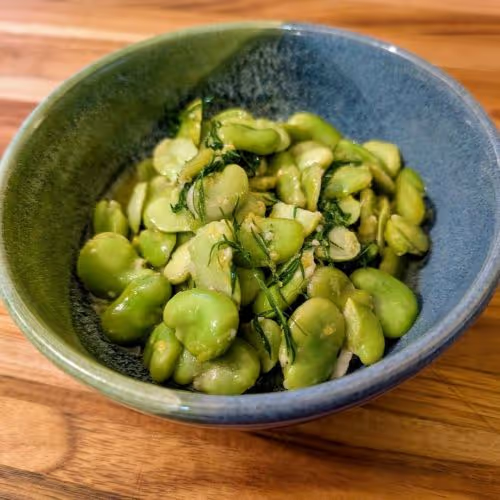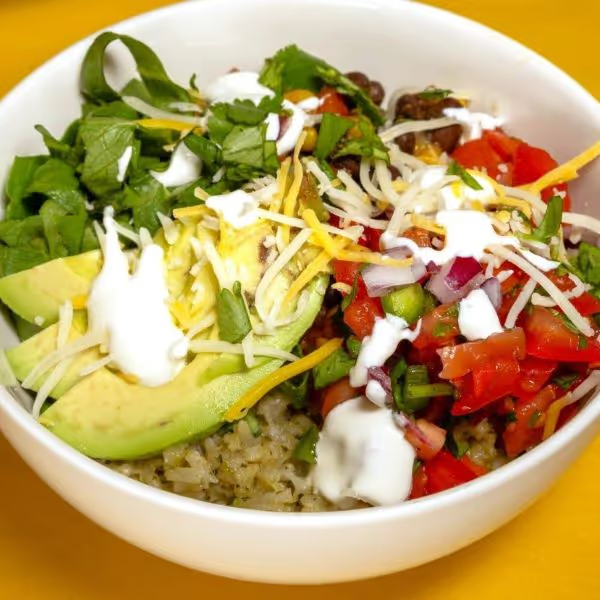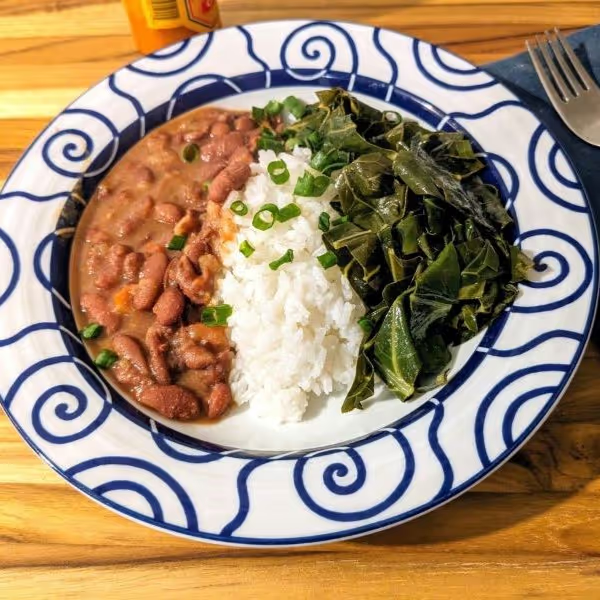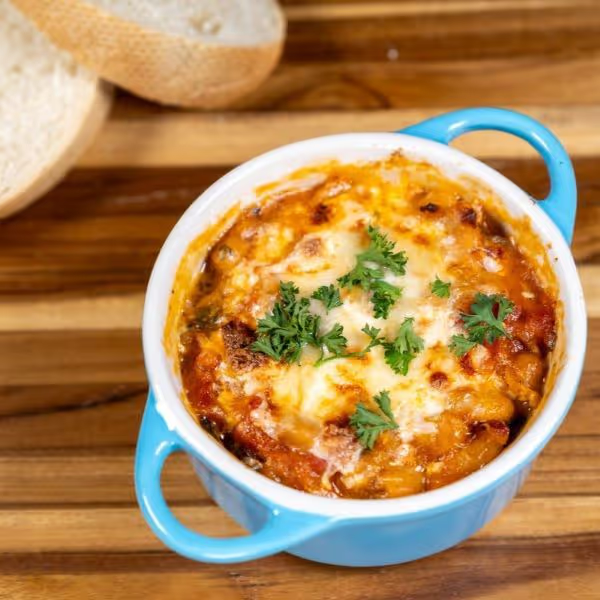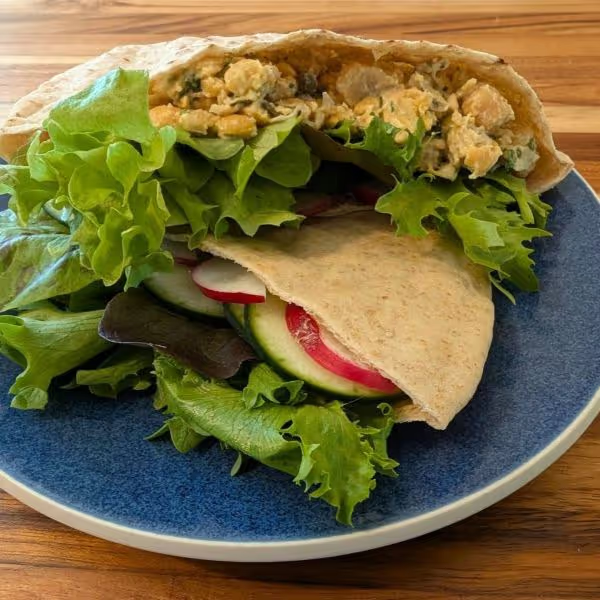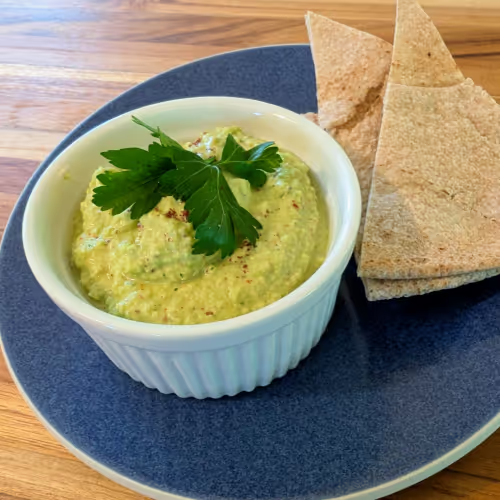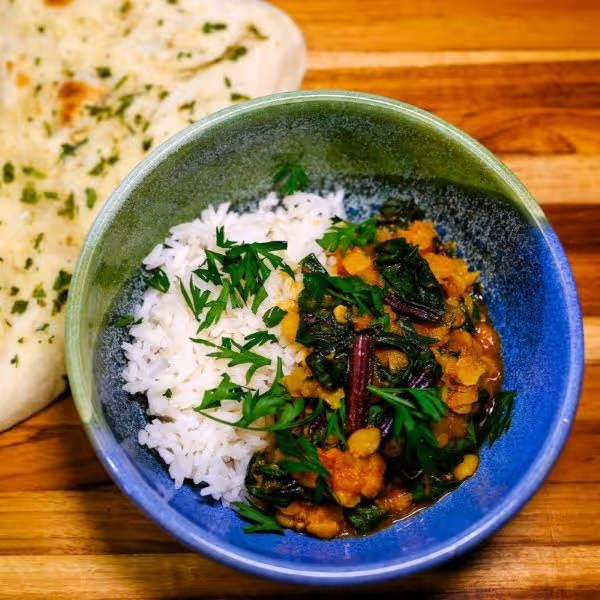Beans: Your CSA’s Best Supporting Ingredient

Stretching your CSA bounty into satisfying meals doesn’t have to be complicated. Add beans to the mix, and you’ve got a recipe for hearty, healthy dishes that are easy on the budget and full of flavor. Beans offer the kind of flexibility that turns a box of vegetables into dinner all week long.
In a time when grocery prices keep climbing, it’s smart to stock your pantry with staples that are affordable, filling, and good for you. Beans are all of that and more. They’re rich in plant-based protein, loaded with fiber, and endlessly adaptable. Whether you're getting boxes full of greens, root vegetables, herbs, or fruit from your CSA share, there’s a bean dish that brings it all together. Think spicy black bean tacos with grilled summer squash, white bean and kale soup, or chickpeas tossed with roasted carrots and a squeeze of lemon.
Health Benefits of Beans
Beans are little powerhouses of nutrition. They’re packed with fiber, which helps regulate digestion and keep you feeling full. The complex carbohydrates they contain provide steady energy without the crash that comes from more processed foods. Beans are also rich in plant-based protein, making them especially valuable for vegetarians and anyone trying to cut back on meat.
They’re also a good source of important nutrients like folate, iron, potassium, and magnesium. Eating beans regularly has been linked to improved heart health, lower cholesterol, better blood sugar control, and reduced inflammation. When you’re working with fresh CSA vegetables, adding beans makes for meals that are as healthy as they are satisfying.
Canned vs Dry Beans
Canned beans are convenient and quick—there’s no denying it. A can of chickpeas or black beans can be turned into a salad, soup, or dip in minutes. They’re perfect for busy weeknights when you just need to get something on the table. Look for low-sodium options and always rinse your beans before using them to reduce excess salt.
Dry beans, on the other hand, are more economical and have a better texture when cooked properly. A 1lb bag will typically yield about 6 cups of cooked beans, equal to roughly 4 cans of pre-cooked beans. This means that you can save about 50% in cost by cooking your own beans.
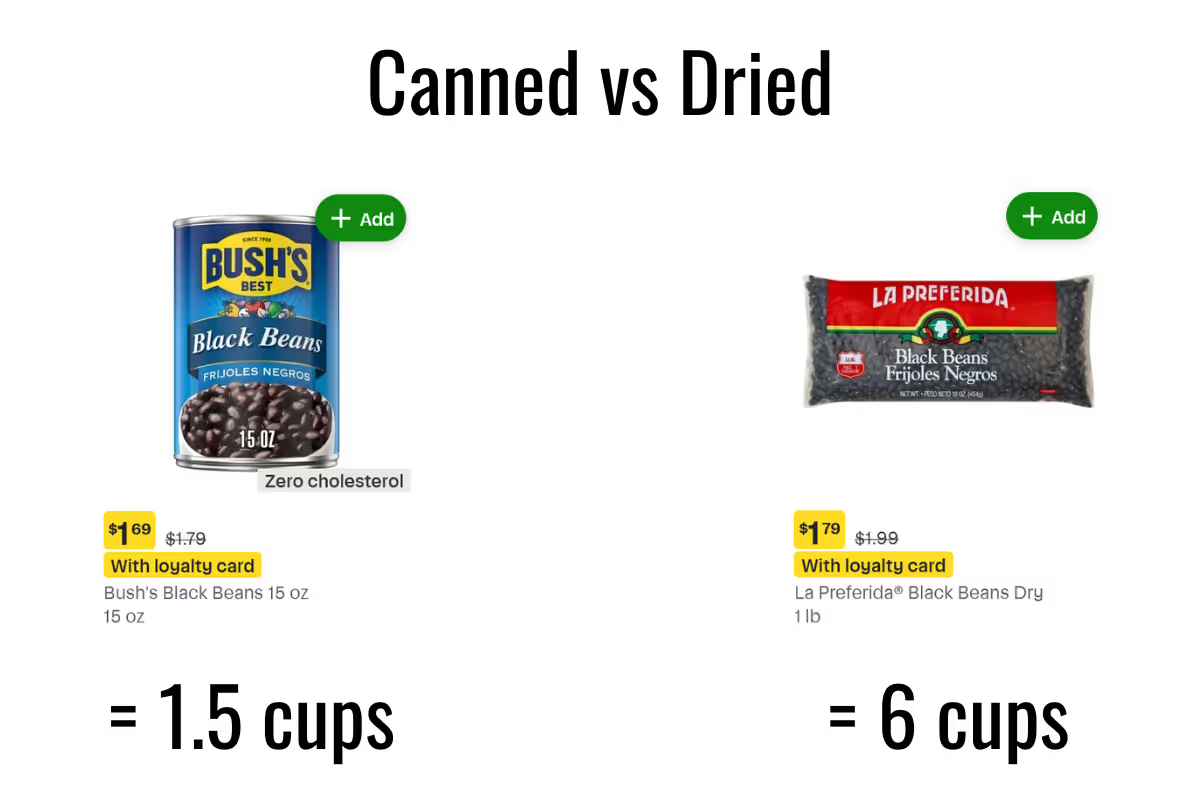
By cooking the beans yourself, you can also control the seasoning, skip unnecessary additives, and cook them in large batches for future meals. This is especially helpful if you’re following a low sodium diet.
How to Cook Dry Beans
Before You Begin: Not all beans require soaking. Chickpeas benefit from soaking but can be cooked without it. Lentils do not need to be soaked and cook quickly. Red or kidney beans should not be cooked in a slow cooker due to a toxin (PHA) that must be destroyed by boiling. Use the stovetop or pressure cooker for those.
Stovetop Instructions
- Place beans in a colander and rinse under cool running water. Remove any debris, stones, or damaged beans.
- Cover beans with 3–4 inches of water and let sit at room temperature for 8–12 hours. If you don’t have time to soak overnight, try the quick-soak method; Bring beans and water to a boil, boil for 2 minutes, then remove from heat, cover, and let sit for 1 hour. Drain and rinse before cooking.
- Transfer soaked beans to a large pot and cover with fresh water—about 3 cups of water per 1 cup of dried beans. Add ingredients like garlic cloves, onion quarters, bay leaf, or a sprig of herbs for flavor, if desired.
- Bring the pot to a full boil. Reduce heat to low and cover loosely. Simmer gently until beans are tender, usually 45 minutes to 2 hours depending on the type. Add salt once the beans begin to soften, not at the start. Early salting can cause tough skins.
Slow Cooker Instructions
- Just as with stovetop cooking, rinse beans thoroughly and remove any debris. You can soak beans as described above to reduce cook time, but it’s not required for slow cooking.
- Add beans to the slow cooker with fresh water—again, about 3 cups per 1 cup of beans. Toss in aromatics like onion, garlic, herbs, or bay leaf.
- Cook on low for 6-8 hours, or on high for 3-4 hours. Times will vary based on bean type and whether you soaked them. Start checking for doneness at around 5 hours if cooking on low, or 2 hours of cooking on high. Just as with stovetop beans, add salt toward the end or after cooking to avoid tough skins.
How to Freeze Beans After Cooking
Cooked beans freeze beautifully. Let them cool completely, then portion into freezer-safe containers or bags (1.5 cups is about the same as a standard can). Add a bit of the cooking liquid to keep them moist. Label and date your containers, and they’ll be good for up to 3 months. Thaw in the fridge overnight or reheat gently on the stove.
Some Common Types of Beans and How to Use Them

With so many varieties of beans available, it helps to know what each one brings to the table. Some are creamy, others firm; some shine in soups, while others are better for salads or spreads. Here’s a guide to some of the most common types you’re likely to encounter, along with tips on how to pair them with other ingredients—especially those fresh vegetables from your CSA.
- Black Beans: Earthy and slightly sweet. Great with cumin, garlic, chili, avocado, roasted peppers, and corn.
- Chickpeas (Garbanzo Beans): Nutty and firm. Pair with lemon, tahini, spinach, eggplant, and herbs like parsley and mint.
- Cannellini Beans: Mild and creamy. Delicious with garlic, rosemary, tomatoes, kale, and olive oil.
- Pinto Beans: Creamy with a hint of nuttiness. Perfect with chili powder, onion, green chiles, and tortillas.
- Kidney Beans: Bold and hearty. Match well with smoked paprika, celery, tomatoes, bell peppers, and grains.
- Lentils (technically a legume, but often grouped with beans): Earthy and quick-cooking. Excellent with carrots, curry spices, onions, greens, and sweet potatoes.
- Fava Beans (Fresh): Rich and slightly sweet with a tender, buttery texture. Lovely with mint, lemon, garlic, and spring vegetables like asparagus or peas.
- Fava Beans (Dried): Hearty and nutty, with a firmer texture. Pair well with olive oil, cumin, tomatoes, and bitter greens. Often used in Mediterranean and Middle Eastern dishes.
- Black Eyed Peas: Mild and slightly earthy with a soft texture. Popular in Southern cooking; pair with greens, onions, tomatoes, vinegar, and smoked paprika.
- Navy Beans: Mild, soft, and creamy when cooked. Great in soups, baked bean dishes, or paired with sage, garlic, root vegetables, and bacon or smoked flavorings.
Beans and CSA shares are a natural fit. They’re nutritious, budget-friendly, and a reliable way to turn any haul of local farm produce into something deeply satisfying. Whether you’re getting seasonal vegetables, fruit, or eggs from your community supported agriculture program, having a stash of beans on hand gives you endless possibilities. Stock the pantry, soak a batch, and start pairing—you’ll get more out of your CSA, and your meals will taste better for it.

